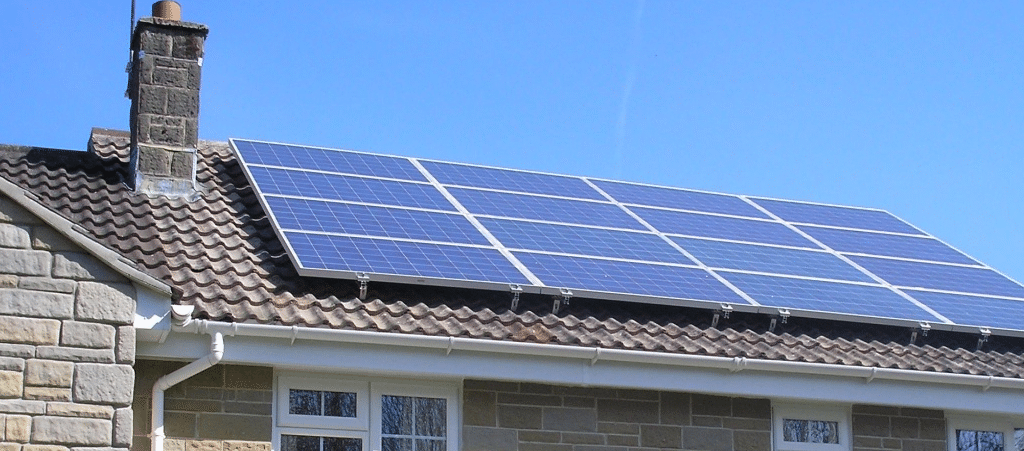How stupid does the fossil-fuel industry think we are?
An alleged consumer protection group funded by every major fossil-fuel company in the country – BP, Shell Oil, Chevron, ConocoPhillips, ExxonMobil, Marathon and Shell – wants you to believe the net metering cost shift is actually a thing in Utah, a state that, according to the Solar Energy Industries Association, says gets less than 4% of its electricity production from solar. Recent reputable sources say the cost-shift doesn’t even occur until you reach 10% penetration, and even then the impact is minimal.
Only one state in the country has reached 10% penetration, and it is not Utah.
It should also come as no surprise that the anodyne-sounding Consumer Energy Alliance (CEA) also counts as its members Dominion Energy, Florida Power & Light (FPL) and Xcel Energy, three of the most vocal anti-solar utilities in the nation (though all cover their tracks by installing utility-scale solar in an attempt to have their cake and destroy it, too).
Perhaps the most laughable claim in the “study” is that the solar incentives in Utah are too generous. That may come as a surprise to solar consumers in the state, which saw the state government slash solar incentives in March and Rocky Mountain Power try to implement demand charges last year. But when have groups like CEA ever let facts get in the way of a good lie, especially since they’re doing the bidding of the fossil-fuel industry.
It also claims, contrary to other studies and the most recent data from Lawrence Berkeley National Laboratory, that the state’s net metering program shifts the burden of paying for utilities’ stranded costs from solar to non-solar ratepayers and suggests those other ratepayers are often less affluent. Someone should let CEA know that plummeting solar prices have made solar more economical for everyone, including low-income consumers. Any simple search on Google (or pv magazine, for that matter) would have clued them into that conveniently ignored (by them) fact.
Community solar projects (behind which Xcel, for example, hides in places like Minnesota and Colorado) have given low-income consumers opportunities to experience the benefits of solar like never before. And some utilities, like ConEd in New York, are actually making use of their own facilities to foster growth in low-income communities.
The only part of the study that is even remotely honest is the quote from David Holt, the president of this fossil-fuel sponsored group. It seems to undermine the entire point of the study, which was to bash solar energy in Utah in an attempt to divide electricity consumers by making solar seem like an evil plot to shift costs to other consumers (a common utility tactic pv magazine has written about before).
But in the press release announcing the study, Holt says this:
“As technology continues to advance, solar energy is becoming an even more incredibly powerful and cost-competitive technology that has the potential to change the face of American energy, both today and in the future. Solar brings with it tremendous benefits for families and businesses across the country – including those in Utah. Its deployment has been truly remarkable.”
On that, at least, the CEA is telling the truth.
This content is protected by copyright and may not be reused. If you want to cooperate with us and would like to reuse some of our content, please contact: editors@pv-magazine.com.








By submitting this form you agree to pv magazine using your data for the purposes of publishing your comment.
Your personal data will only be disclosed or otherwise transmitted to third parties for the purposes of spam filtering or if this is necessary for technical maintenance of the website. Any other transfer to third parties will not take place unless this is justified on the basis of applicable data protection regulations or if pv magazine is legally obliged to do so.
You may revoke this consent at any time with effect for the future, in which case your personal data will be deleted immediately. Otherwise, your data will be deleted if pv magazine has processed your request or the purpose of data storage is fulfilled.
Further information on data privacy can be found in our Data Protection Policy.